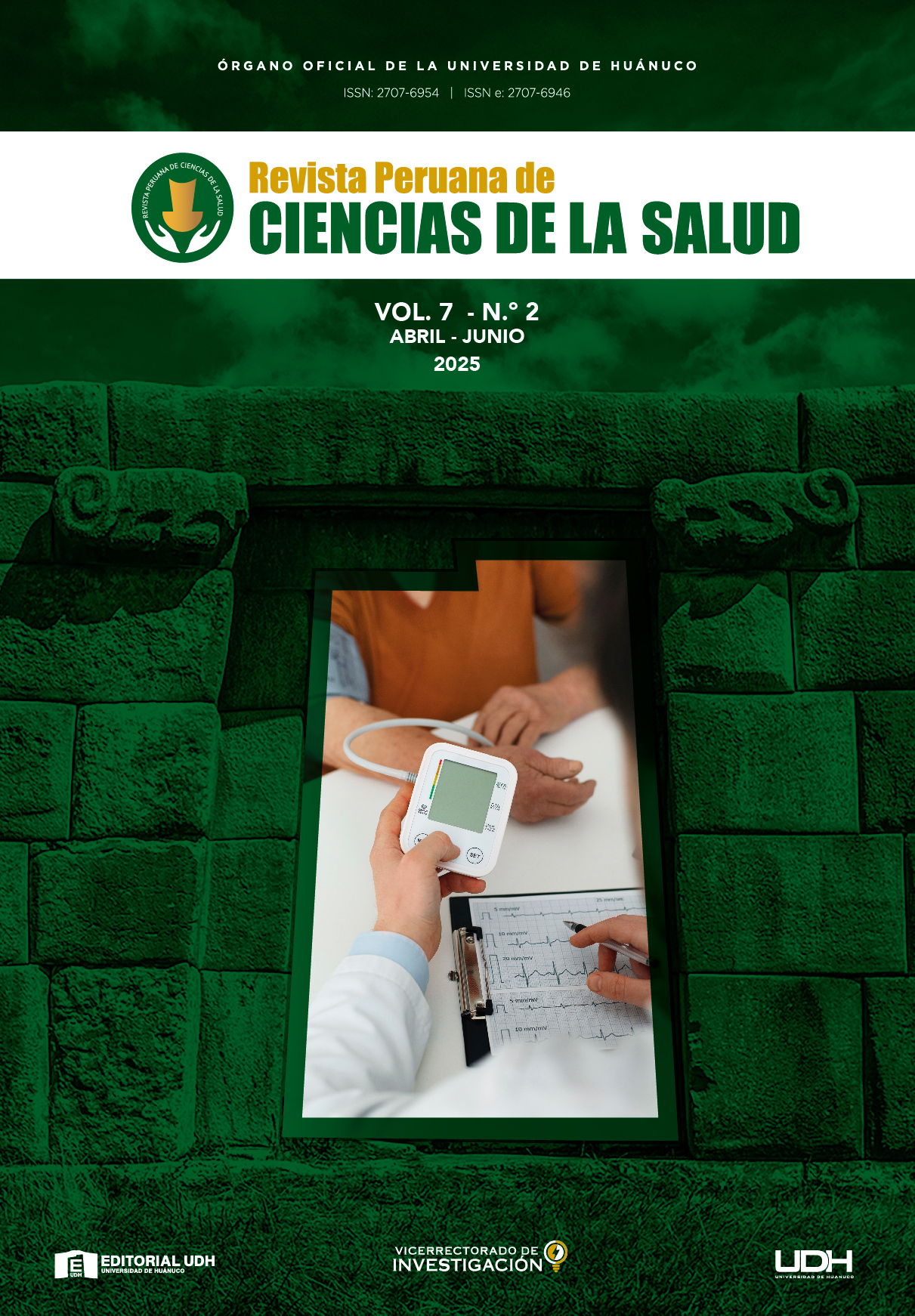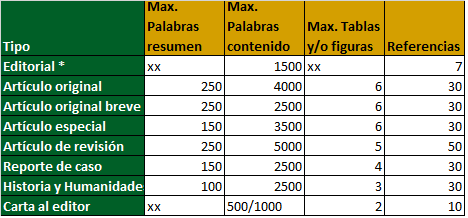Sample size and precision calculation for epidemiological studies: development and implementation of the Calculadora Prevalencia, an R package
DOI:
https://doi.org/10.37711/Keywords:
samplingling , sample size, stratifed sampling, random sampling, systematic sampAbstract
Determining sample size and assessing precision are essential components of epidemiological research. This article presents Calculadora Prevalencia, an R-based tool designed to facilitate these calculations by incorporating both methodological and logistical factors. The calculator supports various scenarios, including finite and infinite populations, stratifed sampling, and adjustments for instrument sensitivity and specificity. Its utility is demonstrated through practical examples across diverse contexts: infinite urban populations, finite rural populations, stratifed university sampling, and the analysis of existing datasets. The tool also addresses
logistical considerations, estimating the number of subjects to contact based on rejection and eligibility rates, and projecting expected feldwork duration. Its versatility enables both prospective planning and retrospective data evaluation, while the innovative inclusion of logistical components offers a realistic perspective on the resources needed to carry out
successful epidemiological studies.
Downloads
References
1. Mascha EJ, Vetter TR. Signifcance, Errors, Power, and Sample Size: The Blocking and Tackling of Statistics. Anesth Analg. [Internet]. 2018 [Consultado el 12 de marzo de 2025];126(2):691-8. doi:10.1213/ANE.0000000000002741
2. Andrade C. Sample Size and its Importance in Research. Indian J Psychol Med. [Internet]. 2020 [Consultado el 12 de marzo de 2025]; 42(1):102-3. doi:10.4103/IJPSYM.IJPSYM_504_19
3. Chow S-C, Shao J, Wang H, Lokhnygina Y. Sample Size Calculations in Clinical Research [Internet]. tercera edición. New York: Chapman and Hall/CRC; 2017 [Consultado el 12 de marzo de 2025]. doi:10.1201/9781315183084
4. Rao UK. Concepts in sample size determination. Indian J Dent Res [Internet]. 2012 [Consultado el 12 de marzo de 2025];23(5):660-4. doi:10.4103/0970-9290.107385
5. Dattalo P. Determining Sample Size [Internet]. Oxford University Press; 2008 [Consultado el 3 de noviembre de 2024]. doi:10.1093/acprof:oso/9780195315493.001.0001
6. Wang X, Ji X. Sample Size Estimation in Clinical Research: From Randomized Controlled Trials to Observational Studies. Chest. [Internet]. 2020 [Consultado el 3 de noviembre de 2024];158(1S):S12-20. doi:10.1016/j.chest.2020.03.010
7. Case LD, Ambrosius WT. Power and sample size. Methods Mol Biol. [Internet]. 2007 [Consultado el 3 de noviembre de 2024];404:377-408. doi:10.1007/978-1-59745-530-5_19
8. Charan J, Biswas T. How to calculate sample size for different study designs in medical research? Indian J Psychol Med. [Internet]. 2013 [Consultado el 3 de noviembre de 2024];35(2):121-6. doi:10.4103/0253-7176.116232
9. Population Correction Factor - an overview | ScienceDirect Topics [Internet]. [Consultado el 3 de noviembre de 2024]. Disponible en: https://www.sciencedirect.com/topics/mathematics/population-correction-factor
10. Hajian-Tilaki K. Sample size estimation in diagnostic test studies of biomedical informatics. J Biomed Inform. [Internet].2014 [Consultado el 3 de noviembre de 2024];48:193-204. doi:10.1016/j.jbi.2014.02.013
11. Lohr SL. Sampling: design and analysis. 2ª ed. Boston: Mass: Brooks/Cole; 2010.
12. Kelley K. Sample size planning for the coeffcient of variation from the accuracy in parameter estimation approach. Behav Res Methods [Internet]. 2007 [Consultado el 3 de noviembre de 2024];39(4):755-66. doi:10.3758/BF03192966
13. Jones SR, Carley S, Harrison M. An introduction to power and sample size estimation. Emerg Med J. [Internet]. 2003 [Consultado el 3 de noviembre de 2024];20(5):453-8. doi:10.1136/emj.20.5.453
14. Das S, Mitra K, Mandal M. Sample size calculation: Basic principles. Indian J Anaesth. [Internet]. 2016 [Consultado el 3 de noviembre de 2024];60(9):652-6. doi:10.4103/0019-5049.190621
15. Anastasi JK, Capili B, Norton M, McMahon DJ, Marder K. Recruitment and retention of clinical trial participants: understanding motivations of patients with chronic pain and other populations. Frontiers in Pain Research [Internet]. 2024 [Consultado el 3 de noviembre de 2024];4:1330937. doi:10.3389/fpain.2023.1330937
16. Smith PG, Morrow RH, Ross DA. Field Trials of Health Interventions [Internet]. 3ª ed. Oxford: OUP Oxford; 2015 [Consultado el 3 de noviembre de 2024]. Disponible en: http://www.ncbi.nlm.nih.gov/books/NBK305515/
Downloads
Published
Issue
Section
License
Copyright (c) 2025 Víctor Juan Vera-Ponce, Fiorella E. Zuzunaga-Montoya, Christian Humberto Huaman-Vega, Nataly Mayely Sanchez-Tamay, Carmen Inés Gutierrez de Carrillo

This work is licensed under a Creative Commons Attribution 4.0 International License.
























